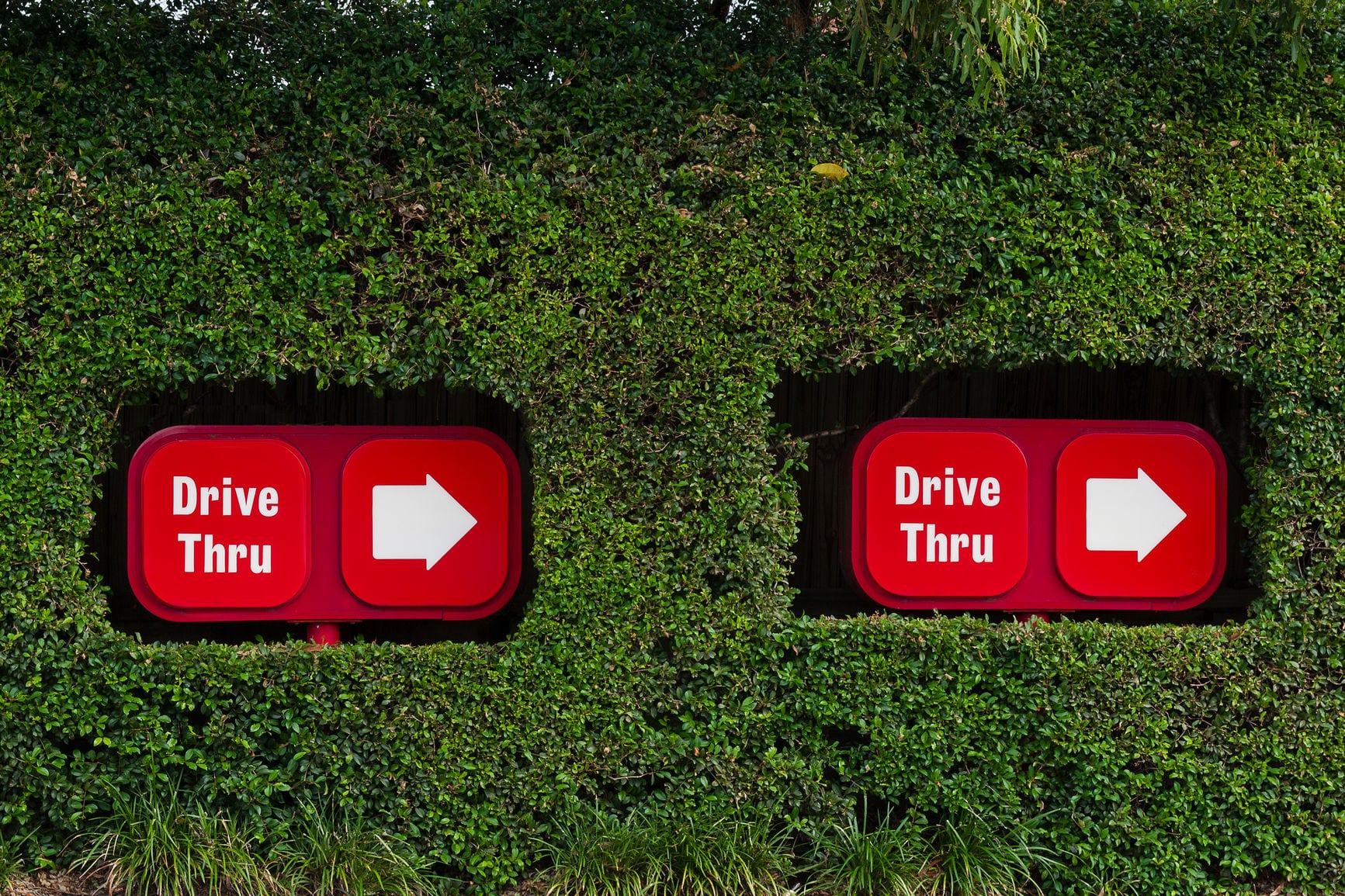This article is part of a series called “Getting Off-Premises”, which examines how to build an off-premises business.
If you’re a restaurant operator, you know there’s a flood of competition. Commercial rents have gone up, labor costs have risen. That’s why some operators, frustrated with the economics of this, are looking at something called “off-premises dining.” These operators are hoping to boost their restaurant’s revenue by embracing consumers who skip the storefront and order food for off-premises consumption, meaning food eaten outside of the restaurant. The phenomenon has mostly been fueled by the growth of marketplaces and third-party delivery companies like Grubhub or DoorDash.
So, what exactly is off-premises dining? Why should you care about it?
Off-Premises Dining Is a Strategy
Off-premises dining is a strategy for sales growth and increased restaurant revenue. Restaurant brands are looking to off-premises as a way to reach new consumers or persuade existing customers to spend more or dine more frequently.
Typically, when referencing off-premises dining, it’s common to think of it as one wide restaurant revenue stream, when in fact it is comprised of multiple, more narrow channels. Each of those revenue streams typically addresses specific customer needs, and therefore demands specific solutions.
The major channels of off-premises revenue include: takeout/pickup for individual consumption, delivery for individual consumption, drive-thru, and catering. However, there are a number of other channels that are also part of the off-premises landscape: food trucks, group ordering for pickup, group ordering for delivery, office lunch services, and school lunch services, to name a few. Catering alone can be split into multiple streams, including drop-off, set-up, attended, full-service, and multi-day events.
So why should you care about off-premises revenue?
According to Technomic, in 2017, off-premises channels accounted for:
- $228 billion in restaurant revenue
- 44 percent of total restaurant revenue
Restaurant Business and Technomic reported early this year that off-premises sales is expected to grow 5.6 percent annually through 2019, compared to a 3 to 3.5 percent annual growth rate for the restaurant industry overall.
If those statistics aren’t enough to open your eyes, consider the following trends in consumer habits and off-premises growth:
- There’s a shift in eating patterns among certain demographics, and this is changing the restaurant industry.
- New technologies and food delivery services are disrupting the market. Online ordering, meal kits, and other services are making it easier for consumers to order delivered food instead of eating at a restaurant or preparing the food themselves.
- Companies are using delivered food to build workplace loyalty and drive productivity—leaders know their staff gets more done when they don’t go off to two-hour lunches.
- Technology crucial to off-premises—drones, robots, self-driving vehicles—continues to evolve.
These trends indicate that revenue from off-premises dining looks promising in the coming years. However, each off-premises channel is indeed unique. Operating costs, equipment upgrades, time-management challenges, and opportunities for incremental sales and profits vary dramatically. Restaurants looking to take advantage of off-premises dining trends should do their homework and proceed carefully.
What should your off-premises dining strategy be?
If you’re looking to build and grow a sustainable off-premises strategy to increase restaurant revenue, consider this some food for thought:
1. Find areas for growth.
- Who is your target consumer?
- What other consumer groups are potential targets?
- What off-premises services do you currently provide?
- How do these services impact your current revenue and profitability? What is the upside potential?
- Does your off-premises strategy make sense with your overall brand strategy?
2. Determine your current capabilities.
- Which off-premises revenue channels should you pursue or improve upon?
- Do your menu items travel well? How could they travel better?
- How do you drive demand?
- Do you have the people, equipment, and space to appropriately execute any, or all, of the off-premises channels?
- What technology platforms do you need to support the process?
3. Make a commitment.
- Who is responsible for execution at the restaurant, and who “owns” the delivery of the experience?
- Is your organization committed to off-premises growth?
- Are you willing to make the necessary investment of your time, treasure, and talent?
- Do all the constituencies (investors, leadership, support teams, operators, franchisees) support the investment?
Ultimately, your answers to these questions and an organizational commitment to the strategy will determine your success in the off-premises landscape.
Want help growing your business?









